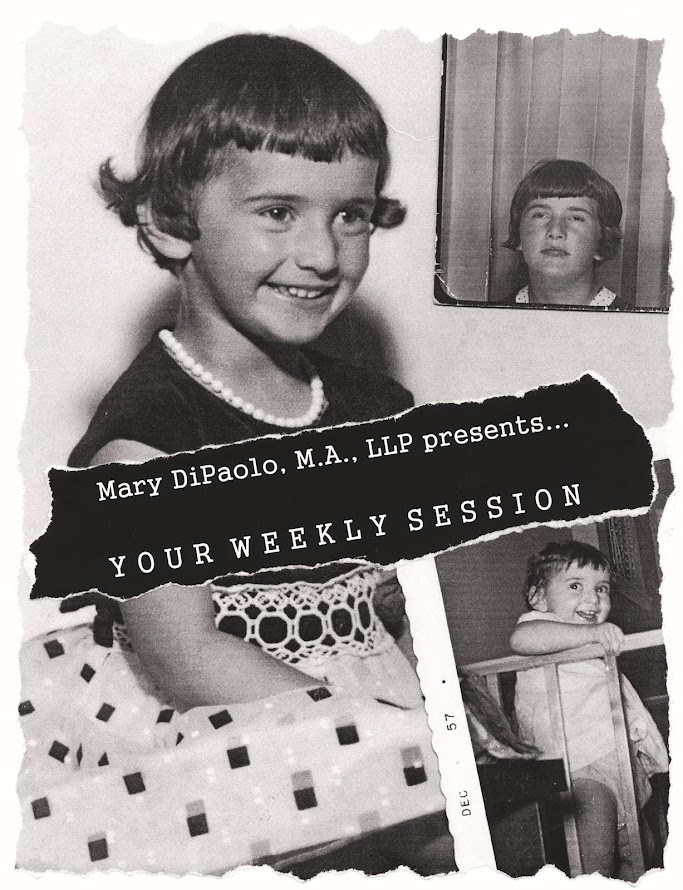What do you say when someone you know or care about has suffered a catastrophic loss, injury, and/or medical diagnosis? We often think we are much better at "saying the right thing" than we actually are. In fact, my office is often filled with conversations about what people say that hurts more than helps.
Recently, I was sent a very simple plan someone came up with to ensure that we do NOT say the wrong thing to someone who is struggling.
Recently, I was sent a very simple plan someone came up with to ensure that we do NOT say the wrong thing to someone who is struggling.
Here it is. It is referred to as Ring theory and was developed by Susan Silk, a clinical psychologist. According to Silk, Ring theory works in all kinds of crises...be them medical, existential, legal, romantic, financial....and more. Through the practice of Ring theory, we can learn how NOT to say the wrong thing at the wrong time and to the wrong person in the wrong manner!
Here's how it works: Draw a circle. This is the center ring. Inside this circle, write down the name of the person who is experiencing the current trauma. Perhaps it is "Kathy" who is your best friend and who just lost her house in the Texas flood. Now draw a larger circle around the first one. In that ring put the name of the person next closest to the trauma. In the case of Kathy, it would be her partner Paul. Repeat this process as many times as you need to. In each larger ring put the next closest person to the one named in the center circle. In Kathy's case, after Paul, it would be her daughter Sandy, the next ring after Sandy would be her mother June. The next ring after June would be...? The logic in developing these rings is that immediate family/close relatives/intimate friends come before distant relatives/less intimate friends/acquaintences, etc. Of course, you would include yourself somewhere in the series of rings you created here. You know you aren't as close to Kathy, for example, than she is to her partner, daughter, mother, and best friend and neighbor Susan...but then again, you are closer to her than her "other" sibling Joe, her boss Jerry, and her co-worker Tim.
When you are done creating your rings about the person who is experiencing the current trauma, Silk refers to the completed Ring as presenting the "Kvetching Order".
The person at the center of the ring can say anything he or she wants to anybody and anywhere. She can "kvetch" and complain and cry and whine...whatever is needed to "dump out" his or her feelings. This is the one payoff for being in the center ring.
Everyone else in the larger rings can say those things too, but ONLY to the people outside of their own ring (the outer rings)!
When you are talking to a person in a ring smaller than yours, someone who is closer than you are to the center of the crisis, the goal is to COMFORT and support them---NOT to "dump" on them!
If you want to scream or cry or complain, just do it to someone outside of your own ring.
Comfort IN...and Dump OUT!
Recently, a good friend lost her dog unexpectedly. In spite of my own status as a good friend, there are so many others who have been more adversely affected by this sudden loss. My friend, her husband, her children, her next door neighbor, her "other" good friends who live in her state and have seen/known her dog. For me to offer anything but comfort and support to these people when we interact is both short-sighted and selfish. Yet if I wanted to discuss my own feelings and fears (given I own a dog too)...I could do that but ONLY with people who are less connected to my friend than I am. Pretty simple eh? Truly, this is a great tool to help us all in checking ourselves before we wreck ourselves when attempting to "comfort" and/or support someone else who is struggling.
And as Silk says, don't worry. We all get our turn in the center ring eventually...we can count on that!
Until next time. Have a great week.

